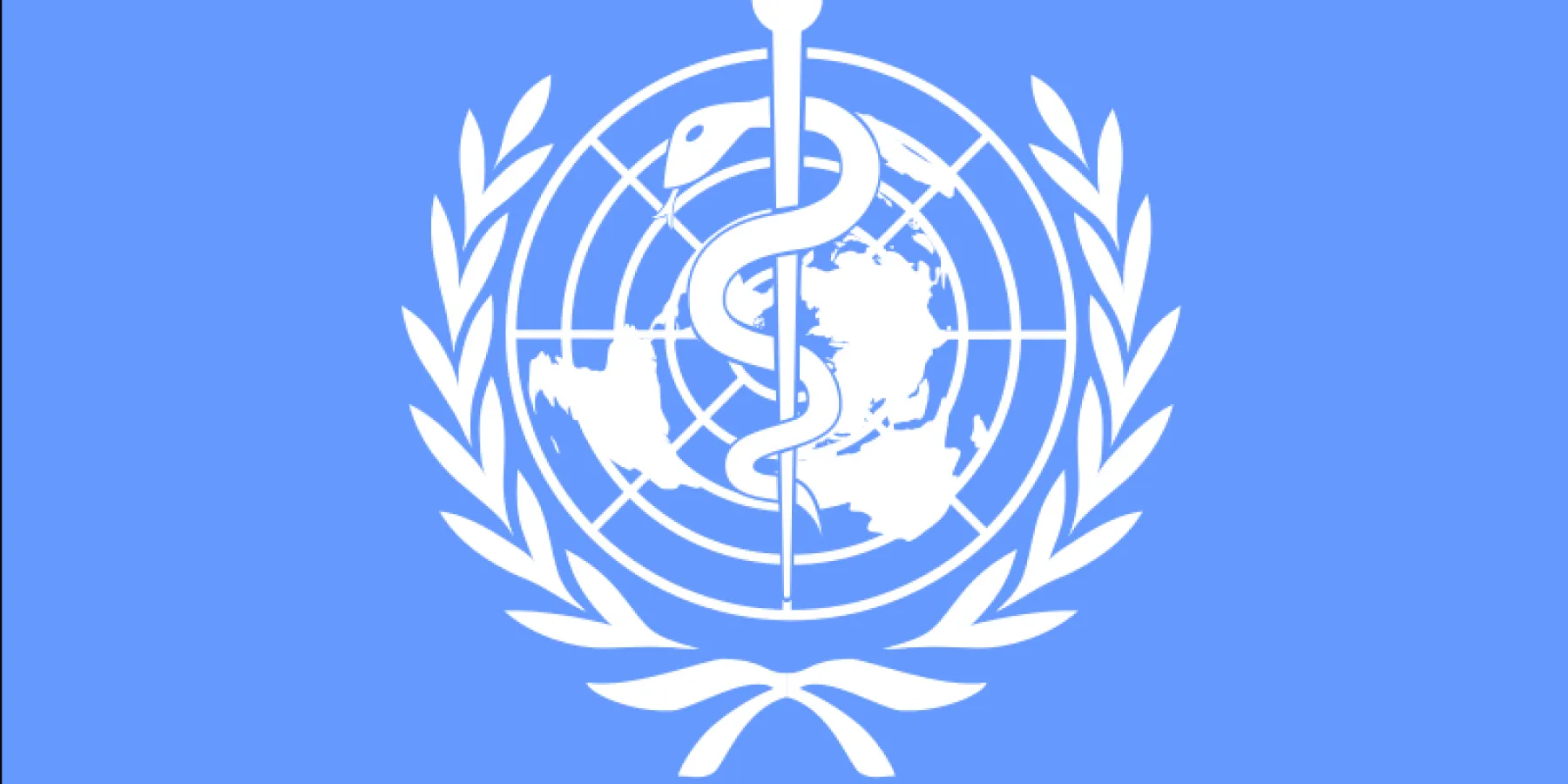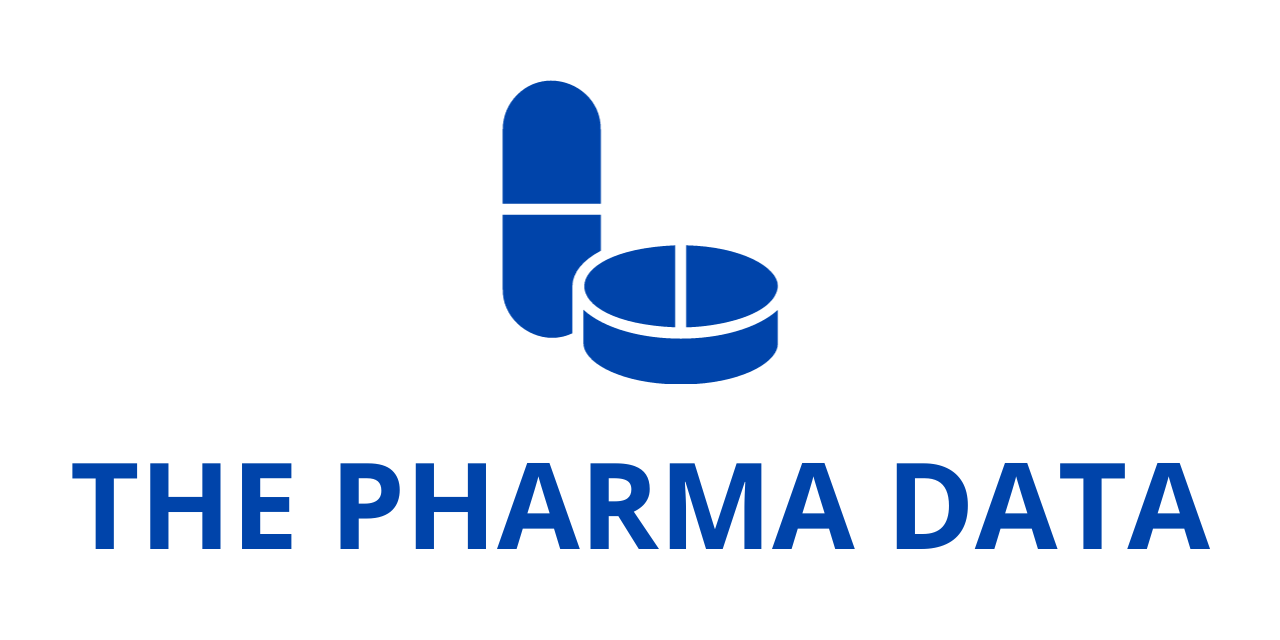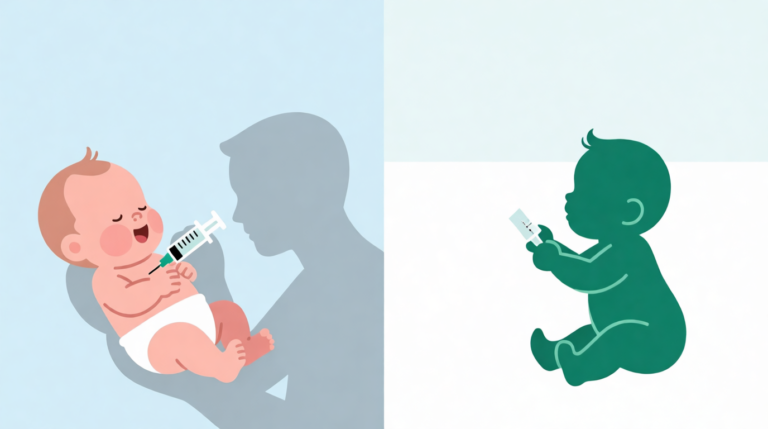
WHO brings countries together to test collective pandemic response
In a significant step toward improving global pandemic preparedness, the World Health Organization (WHO) recently led a groundbreaking two-day international simulation exercise designed to test a new mechanism for coordinated responses to health emergencies. This first-of-its-kind event, named Exercise Polaris, brought together over 15 countries and more than 20 regional health organizations, health emergency networks, and key global partners.
Held over the course of two intensive days, Exercise Polaris was aimed at testing the operational capabilities of WHO’s Global Health Emergency Corps (GHEC) — a newly developed framework that seeks to streamline the global health emergency response system. The primary objectives of the simulation were to reinforce national emergency workforces, facilitate the rapid deployment of medical surge teams and experts, and strengthen cross-border collaboration among countries and health partners.
At the heart of the exercise was a simulation of a hypothetical outbreak involving a fictional virus rapidly spreading across different parts of the globe. This imaginative yet realistic pandemic scenario was used to mirror the complex and dynamic nature of real-world outbreaks, placing participating countries and agencies in situations that required swift action, strong coordination, and flexible responses.
Broad International Participation and Collaboration
The breadth of international participation in the exercise reflected its global significance. Countries actively involved in the simulation included Canada, Colombia, Costa Rica, Denmark, Ethiopia, Germany, Iraq, the Kingdom of Saudi Arabia, Mozambique, Nepal, Pakistan, Qatar, Somalia, Uganda, and Ukraine, with several other nations observing the proceedings closely. Each country responded to the simulated crisis through its own national health emergency coordination structure, under conditions modeled to resemble real-life emergency response environments.
Participants were tasked with navigating challenges such as information-sharing under pressure, harmonizing national response strategies, aligning public health policies, and activating emergency operations in tandem with other nations and partner organizations. These efforts were further enhanced by the involvement of major regional and global health institutions.
Organizations such as the Africa Centres for Disease Control and Prevention (Africa CDC), the European Centre for Disease Prevention and Control (ECDC), the International Federation of Red Cross and Red Crescent Societies (IFRC), the International Organization for Migration (IOM), the United Nations Children’s Fund (UNICEF), and several WHO emergency networks like the Global Outbreak Alert and Response Network (GOARN), the Emergency Medical Teams (EMT) initiative, and the Standby Partners mechanism played pivotal roles in supporting a comprehensive, country-led response.
Also contributing were public health institutions represented by the International Association of National Public Health Institutes (IANPHI). Together, these organizations helped bring over 350 global health emergency experts into the simulation, making Exercise Polaris one of the largest coordinated pandemic preparedness efforts to date.
Leadership and Lessons from the Frontline

Throughout the course of the simulation, the WHO functioned as both a technical advisor and coordination hub, offering guidance while ensuring countries retained leadership over their respective national responses. This emphasis on national ownership—combined with international support—was crucial to replicating real-world scenarios where sovereignty and collaboration must coexist.
Dr. Tedros Adhanom Ghebreyesus, WHO Director-General, praised the exercise for demonstrating the feasibility and importance of global cooperation during health crises.
The simulation not only tested emergency protocols but also provided critical insights into the dynamics of multilateral engagement during a health crisis. From logistics and communication to data-sharing and political alignment, Polaris served as a real-time laboratory for identifying bottlenecks, opportunities, and innovations in pandemic response.
A Call for Sustained Global Solidarity
Exercise Polaris comes at a time when global cooperation is increasingly challenged by geopolitical tensions, nationalistic policies, and a growing tendency to view preparedness through domestic lenses. Against this backdrop, the simulation served as a timely reminder that infectious diseases do not respect borders, and effective pandemic responses require international solidarity.
By focusing on collaborative leadership, inclusive participation, and systems-level testing, WHO and its partners aimed to set a new benchmark for how the world can — and must — prepare for future health emergencies. The lessons drawn from this exercise will be used to refine the Global Health Emergency Corps and to inform global policy, training, and deployment strategies in the coming years.
As the world continues to recover from the COVID-19 pandemic and anticipates future health challenges, Exercise Polaris offers a beacon of what is possible when the international community unites with purpose and urgency.
With Exercise Polaris now complete, participating countries and organizations are expected to conduct debriefs and evaluations to translate the experience into actionable improvements. WHO will compile findings and share key takeaways with its Member States, further advancing the mission of building a safer, more responsive, and more united global health system.





